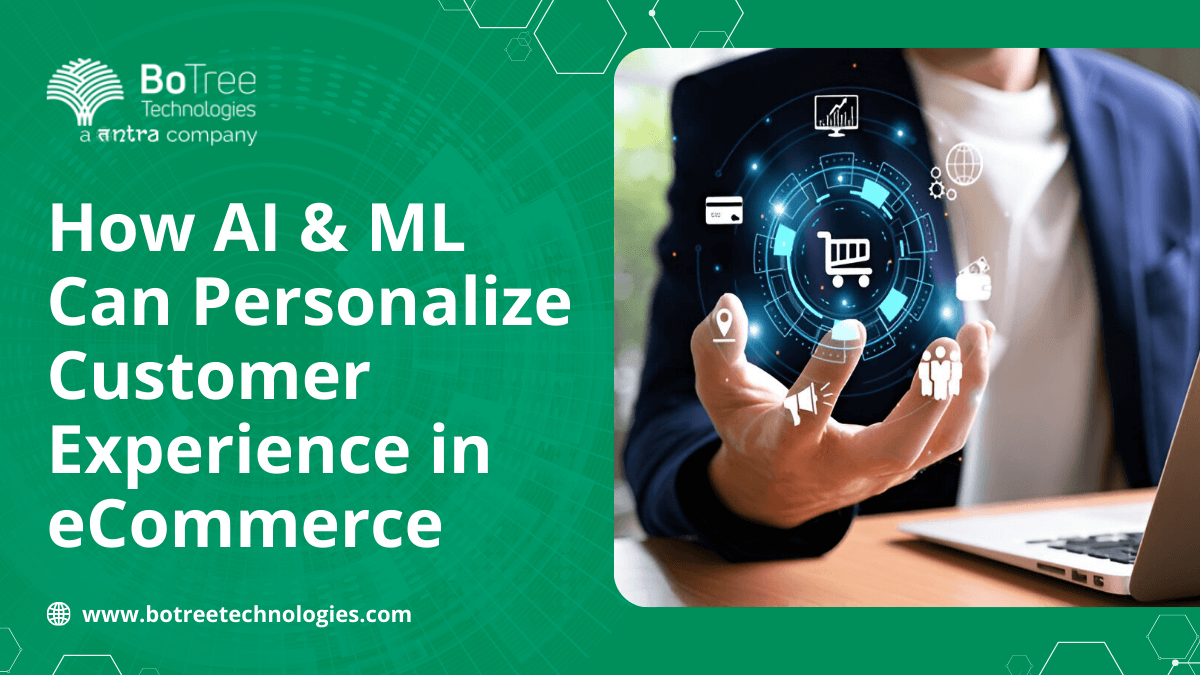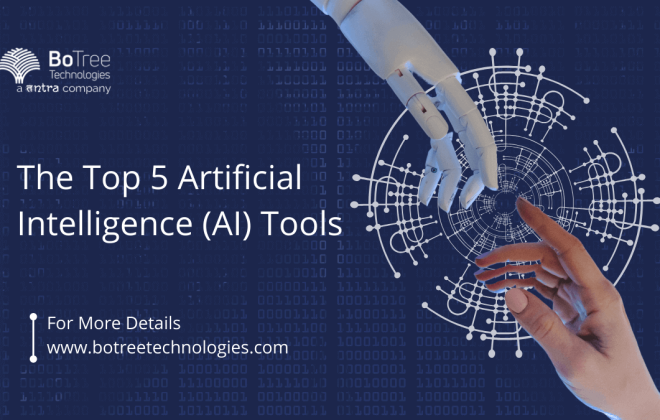
AI in Fraud Detection and Prevention: How Will the Technology Help in 2023?
AI is the buzzword on everyone’s lips these days. While it is mainly associated with robots and other automated systems, let us tell you that it is not just about making machines. It also has huge potential in the business world, particularly in fraud detection and prevention.
Fraud has become rampant in the online space, and there are many reasons for this. First, it is easier to commit fraud online than in the physical world. Second, there is a lot of money to be made from fraud. And third, online businesses are not doing enough to prevent fraud.
Preventing and detecting fraud is no easy feat even for an experienced enterprise software development services company. Fraudsters are deploying more sophisticated methods to commit fraud, and there’s no stopping them.
According to Juniper Research “the cumulative merchant losses to online payment fraud globally between 2023 and 2027 will exceed $343 billion.”
That’s a glaring figure, and it’s clear that businesses need to buckle up — or else it might get too late!
Enter — fraud prevention framework!
To stop fraudsters, businesses are gearing towards building a solid AI driven fraud prevention framework, with the help of a software development company.
Did you know that identity theft and payments frauds top the list of online frauds?
Statista report states that “the value of fraudulent transactions made with payment cards worldwide in 2021 was projected to amount to more than 32 billion U.S. dollars”
To give a short sneak peek; fraud prevention frameworks including social media lookup, IP analysis, email analysis, and phone analysis play a significant role in understanding whether payment is genuine or a hoax. With solid fraud prevention frameworks, businesses can make intelligent decisions when it comes to accepting or rejecting a purchase.
Let’s look at 8 ways in which AI solutions help with prevention for payment fraud:
- Email analysis:
- AI implementation can help businesses automatically analyse an account’s email addresses to detect and prevent fraudulent activities. By analysing the email addresses, businesses can understand whether the email address is real or fake.
- Moreover, AI can also help businesses to understand the email address’s owner’s country, city, and other important details. For example, if a person is trying to make a purchase from a US store using a French email address, then that calls for scrutiny. Moreover, they can do a complete reverse search to figure out if the email has been caught in past data breaches. If an email looks suspicious from various angles, businesses can take prompt action.
- IP analysis:
- AI systems can analyse the IP address of the user who is trying to make a purchase. AI can help businesses to understand a person’s geographical location. Moreover, it can also help businesses to understand if the location is matching with the billing address or not. For example, if a person is trying to make a purchase from a store in the US, but the IP address is showing up in Russia, it may mean that they are hiding behind VPN, proxy or emulator.
- AI systems can analyse the IP address of the user who is trying to make a purchase. AI can help businesses to understand a person’s geographical location. Moreover, it can also help businesses to understand if the location is matching with the billing address or not. For example, if a person is trying to make a purchase from a store in the US, but the IP address is showing up in Russia, it may mean that they are hiding behind VPN, proxy or emulator.
- Phone analysis:
- AI-based solutions can help businesses to authenticate a customer’s phone number in real-time. This is essential because a fraudster may use a VoIP number, or other sophisticated methods to commit fraud. With AI, businesses can understand whether the number is a VoIP number or a real number.
- Moreover, AI can also help businesses to understand the country code of the number, and if it matches the billing address or not. For example, if a fraudster is using the same fake number to log into different e-commerce sites, and proceeding to commit fraud, they can be stopped right then and there.
- Device analysis:
- Device analysis means identifying the device type, operating system, browser, and other prominent parameters. AI development solutions can help companies recognize devices that have been used to engage in fraudulent payments in the past. Fraudsters may use multiple devices to commit fraud; like a laptop, mobile, or tablet which could be stolen, or shoplifted even.
- With AI, businesses can understand whether the device is new or has been used before. Moreover, AI expertise can also help businesses to identify the make and model of the device. For example, if a fraudster has used an iPhone to commit fraud in the past, AI will be able to identify it and flag it for businesses.
- Social media lookup:
- Social media lookup means analysing the customer’s social media profiles to understand their identity. AI can help businesses automatically analyse a customer’s social media profiles. With AI services, businesses can understand the customer’s name, age, gender, interests, and other important details. Moreover, AI can also help businesses to understand customers’ social media behaviour.
- AI lets businesses do a thorough social media analysis of a person, and flag the account if they are confirmed to be fake and prevent payment fraud.
- Credit card analysis:
- In credit card analysis AI determines the type of credit card, the issuing bank, and the country of origin. With AI technologies, companies can automatically review a customer’s credit card details and understand if the credit card is stolen, real or even fake. Moreover, AI can detect if the credit card is from a high-risk country or a particular location from where fraudsters operate from.
- According to a Neilson report, “a total of $28.58 billion credit card fraud loss was suffered by credit card issuers, merchants, and consumers in 2020.” And according to Public Tableau “According to the statistics concerning the latest credit card frauds in 2022, the majority of cases were reported at the beginning of the year.
- Billing or shipping address analysis:
- Frauds happen when money is at the epicentre. E-commerce businesses become an easy target for them. But deploying AI-powered fraud detection can prevent fraud from occurring in the first place. AI can carefully examine customer information, payment details, invoice details, and other pertinent data before the payment is initiated.
- It takes a deep look into the historical data of both valid and fraudulent invoices and tries to map out any repeated patterns. AI innovation can thus prove to be a powerful method of averting billing or invoice fraud.
What to look for in a fraud prevention solution?
Fully modular fraud solutions are hard to come by, but they definitely exist. Here’s what you can look for;
- API Integration:
- An end-to-end, easy-to-use solution offering easy APIs integration should be your go-to fraud solution. Fraud solutions with simple APIs integration give eCommerce businesses full customization to control the user experience.
- Whitebox system:
- The best fraud solutions are white-box systems, offering transparency in the decision-making process. This gives eCommerce businesses the ability to audit the decisions made by the system and understand what is happening behind the scenes.
- Dynamic friction:
- The next-generation fraud solutions should be dynamic, meaning they should offer multi-layered fraud detection by identifying and stopping the most sophisticated fraudsters.
Conclusion:
Frauds aren’t slowing down. It’s time to use Enterprise Artificial Intelligence solutions to detect and prevent them!
Businesses of all types be a large enterprise, or eCommerce are seeing magnificent growth. But so are digital frauds. In this article, we discussed the ways AI can detect and prevent fraudsters from sneaking into the system and defrauding individuals and businesses. Sure, online frauds are sophisticated, but enterprise AI solutions are more sophisticated.
With AI-powered fraud detection and prevention solutions in place, businesses can detect and prevent fraud with ease — ultimately safeguarding their business, and of course — ensuring customers’ happiness and satisfaction.
Like this article? Check out these articles on AI!




